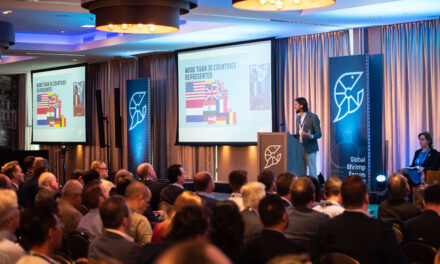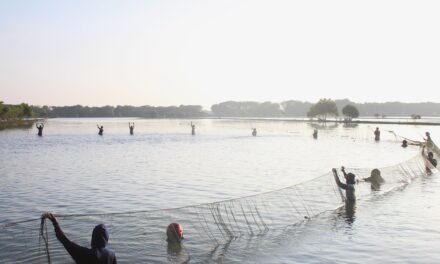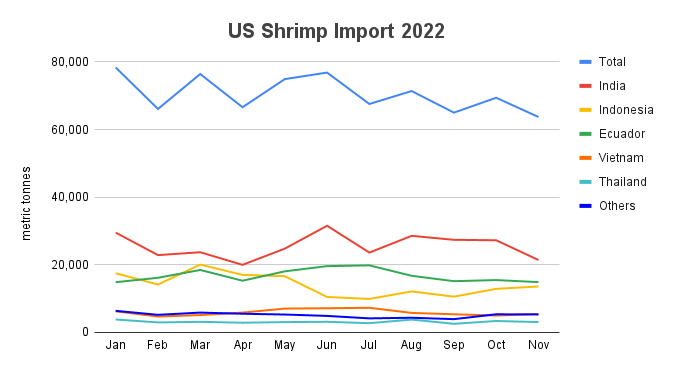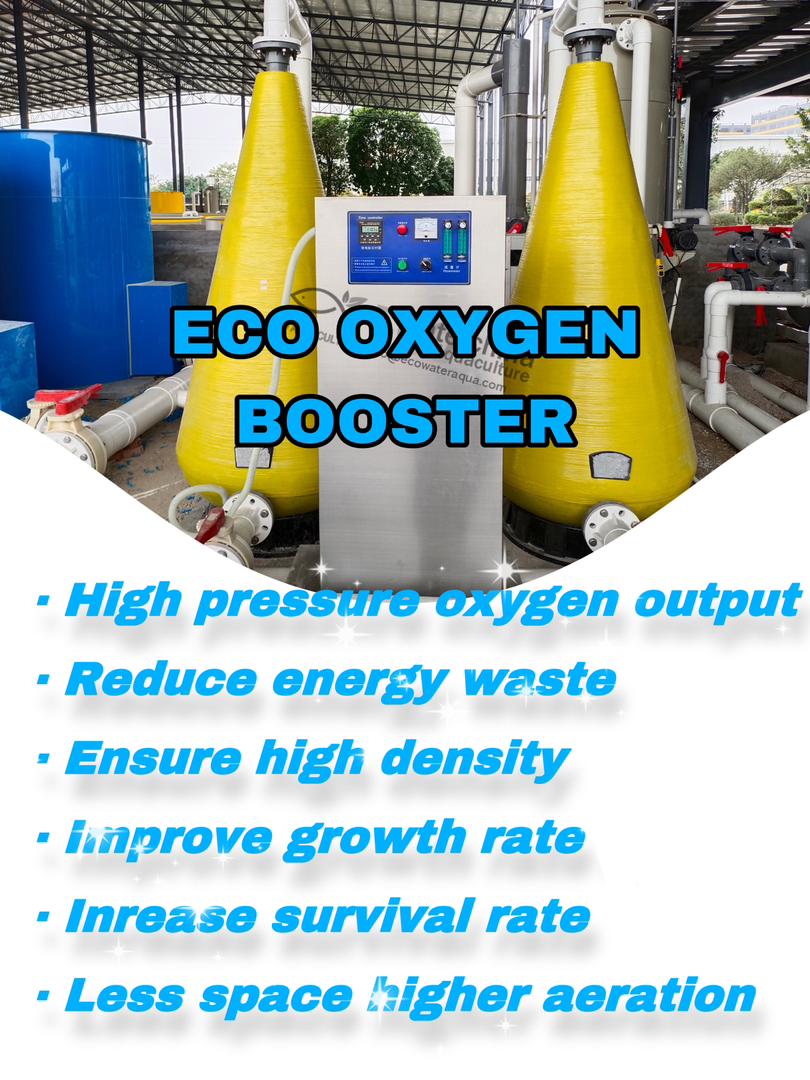Indonesia needs new sources of economic growth. The current natural and geographical resources should receive more attention to be utilized as a bioeconomy using biodiversity-based approach. The combination of natural resources from both land and water has the potential to make Indonesia a global leader in biodiversity.
Bambang Brodjonegoro, former Minister of National Development Planning/National Development Planning Agency (Bappenas), explained during the Indonesia Development Forum 2023 held on December 18-19, 2023, in Batam, Riau Islands, that Indonesia’s advantage in the bioeconomy lies in “green plus blue.” This means that economic growth potential can be derived not only from industries on land but also from those in the water.
“With green plus blue, we hope it can be one of the potential breakthroughs for the stagnant economic growth of around 5% per year,” said Bambang.
The socio-economic challenges of coastal areas
It is essential to realize that 70% of the Indonesian population lives in coastal areas and depends on these regions, both as a source of income for fishermen and a source of food. In fact, more than 50% of protein is derived from seafood. Therefore, it can be said that the maritime sector is capable of providing livelihoods for many people.
Unfortunately, based on Statistic Indonesia (BPS), it is known that the poor population in the country is still dominated by two groups, namely farmers and fishermen. The significant population residing in coastal areas does not negate the fact that there are numerous pockets of poverty scattered there.
In addition, Low Elevation Coastal Zones (LECZ) or coastal areas with very low land surfaces, one of the causes being excessive groundwater use, pose a challenge alongside poverty. Many red spots are scattered throughout the coastal areas of Indonesia that fall into this category, but the most concerning ones are along the North Coast of Java. This is due to the high population density that relies on the sea, leading to significant poverty in that region.
“If earlier the economic potential came from fisheries and tourism, one of the biggest challenges for our (blue economy) development is to assist our brothers and sisters living in those coastal areas, especially the North Coast of Java,” emphasized Bambang.
Focus on Sustainability
It’s high time to reorient Indonesia’s maritime strategy to address these challenges. Sustainability becomes the key to harnessing the potential of our country’s water resources.
Bambang emphasized several aspects that need strengthening to ensure the sustainability of the blue economy. Firstly, sustainability in the fisheries sector, including the preservation of coral reefs as habitats for marine life to thrive. This ensures an increase in resources, making it easier for fishermen to enhance their production. Secondly, the conservation of marine phytoplankton as a source of nutrition and a carbon sink, with the potential to be capitalized on as carbon credits.
The potential for carbon credits in Indonesia is tremendous because the country is among the top three with the largest tropical forests globally. The vast marine areas distinguish its natural wealth from other tropical forest countries like Brazil and Congo. Therefore, there is enormous potential to harness carbon credits from the sea, known as blue carbon.
The third aspect that needs strengthening is the potential of renewable energy. According to Bambang, the potential for floating solar panels in coastal areas with less turbulent waves and the potential for wind are other aspects that need improvement to support development and the sustainability of the blue economy. Additionally, future renewable energy sources, such as bio-fuels, may also come from the sea.
Fisheries as most potential blue economy
As Bambang mentioned, fisheries are identified as one of the most promising sectors in the blue economy. Currently, Indonesia holds the second position as a global fish producer, following China. However, its export capabilities rank only tenth, primarily due to the exceptionally high demand in the domestic market, leading to a focus on local sales. The low export performance is also attributed to the high rejection rates of exported fishery products, reflecting the overall quality issues.
Contamination of marine biota resulting from production in Indonesia is a key reason for foreign countries rejecting fishery exports. This contamination issue is closely linked to environmental pollution, emphasizing the inseparable connection between the sea and the land. Waste contributions in the sea originate from the land, highlighting the need for improved implementation of a circular economy.
Bambang also provided recommendations that can be implemented to support the development of a better blue economy in the future. Some of these recommendations include:
- Improving the quality of exports by preventing contamination.
- Adding value and diversifying to ensure that the fish are sold by producers at better prices.
- Combating illegal fishing and assisting fishermen in locating abundant fish using satellite technology.
- Making serious investments in research and development in the aquaculture sector.
- Strengthening coastal communities.
- Improving the financial well-being of coastal communities, especially those working as fishermen.
- Providing education and training for sustainable fishing practices.
- Expanding conservation areas for mangrove ecosystems, seagrasses, and coral reefs.
- Implementing integrated waste management.
- Seriously reducing carbon emissions.
To implement these ten recommendations, collaboration with the government is essential, including the Ministry of National Development Planning/National Development Planning Agency (Bappenas). The Minister of PPN/Head of Bappenas, Suharso Monoarfa, at the same time, outlined the roadmap for a blue economy as a step towards sustainable and inclusive development through four main pillars. First, securing a healthy, resilient, and productive ocean. Second, promoting sustainable economic growth. Third, enhancing health, well-being, and shared prosperity. Finally, creating an overall supportive environment.
Suppose these four main pillars and Bambang Brodjonegoro’s recommendations are effectively collaborated and implemented. In that case, there is the possibility that the projected added value of the blue economy could reach USD 30 trillion by 2030. This is considering the strategic importance of Indonesia’s maritime areas, acting as a link for international water traffic through three routes of the Archipelagic Sea Lanes of Indonesia (ALKI). Simultaneously, it could enhance the effectiveness of habitat protection and biodiversity, reduce greenhouse gas emissions, and create 12 million jobs in the next 6 years.
***
This article has been translated from the original Indonesian title “Mengoptimalkan ekonomi biru sebagai sumber pertumbuhan ekonomi baru“









